Retro Replay Review
Gameplay
Lovecraft Game, originally an untitled entry by Cactus for the TIGSource Commonplace Book contest, embraces simplicity in its core mechanics. You take on the role of a nameless wanderer, traversing a strange, monochromatic landscape fraught with hidden perils and odd denizens. The game’s emphasis lies squarely on exploration and light action, inviting you to chart your own course through tree-lined paths that branch off in every direction.
(HEY YOU!! We hope you enjoy! We try not to run ads. So basically, this is a very expensive hobby running this site. Please consider joining us for updates, forums, and more. Network w/ us to make some cash or friends while retro gaming, and you can win some free retro games for posting. Okay, carry on 👍)
Movement is handled via the familiar WASD keys, while aiming and adjusting the camera rely on the mouse. Combat, when it arises, feels brisk and uncomplicated: press the left mouse button to unleash a torrent of machine-gun fire, or switch to the right mouse button for the more deliberate shotgun blasts. Both weapons boast infinite ammunition, freeing you from resource worries and allowing you to focus purely on the moment-to-moment thrill of survival.
Beyond firefights, discovery plays a central role. Wandering off the beaten track often yields cryptic messages, environmental clues, or new characters to converse with. Non-hostile figures populate the world—approach them, and you’ll trigger silent-film–style text cards that deepen the lore and guide your next steps. This loose, emergent structure ensures that no two playthroughs feel exactly the same.
Though the mechanics are straightforward, the interspersed narrative prompts—your character’s fleeting thoughts or overheard whispers—add emotional texture. These vignette-style messages appear seamlessly overlaid on the screen, offering insight into the protagonist’s psyche and building tension between the next encounter. In this way, Lovecraft Game turns minimalism into a feature, delivering a compact yet engaging loop of exploration, discovery, and sporadic combat.
Graphics
Visually, Lovecraft Game stands out by emulating the look of an aged, black-and-white film reel. The entire world appears shrouded in grain and specks, as though you’re watching a long-lost silent movie through a fish-eye lens. This aesthetic choice isn’t merely decorative—it reinforces the game’s themes of antiquity and half-remembered horror.
Characters and environments resemble rough, hand-drawn sketches brought to life with a subtle, jittery animation style. Trees sway with a nervous quake, creatures scuttle in stuttering frames, and every sheet of dialogue unfurls on a ragged card, underscored by creaking title-card typography. The result is a haunting, almost hypnotic presentation that feels distinctly handmade.
Environmental details further deepen the atmosphere. Twisted branches form tangled corridors, ancient ruins loom in the distance, and shadows stretch unnaturally at the edges of your vision. Despite the limited color palette, the game conveys a broad range of moods—from the unsettling calm before an ambush to the crushing dread of being surrounded by hostile forces.
In sum, Lovecraft Game’s graphics do more than evoke a bygone era—they breathe life into a world of cosmic dread. The deliberate imperfection of the visuals becomes your window into a realm where reality itself seems to flicker and decay.
Story
Lovecraft Game offers its narrative in fragmentary glimpses rather than overt exposition. You are a wanderer without a name or past, drawn through a surreal landscape by unseen currents. As you progress, text cards interrupt the action, delivering bits of inner monologue, overheard rumors, and cryptic directives that hint at a larger, unseen force at work.
Encounters with non-hostile characters deepen the intrigue. Each conversation takes place via silent-film title cards, their text evocative yet elusive. A hermit might warn you of “shadows beneath the roots,” while a scholarly figure mutters about “forbidden tomes buried in the dirt.” These fleeting interactions layer on themes of lost knowledge, madness, and the unknowable—a clear nod to H.P. Lovecraft’s signature motifs.
Combat encounters serve a dual purpose: they break up the exploration and reinforce the story’s threat level. Hostile creatures resemble twisted amalgams of insects and beasts, as if drawn from fever-dream logic. Surviving their relentless attacks becomes part of the narrative rhythm, a reminder that the world itself is hostile to your presence.
Ultimately, the story coalesces through accumulation. There is no final revelation in a cutscene—instead, the game ends when you either succumb to the horrors you uncover or when you’ve seen every message and spoken with every inhabitant. Only then do the pieces click into place, offering a mosaic of cosmic dread that rewards patient exploration.
Overall Experience
Lovecraft Game delivers an experience that is as much about atmosphere as it is about action. Its tight, uncomplicated controls allow you to focus on the unsettling world rather than wrestling with mechanics. The infinite ammo model may strike some as overly generous, but it ensures that you’re never pulled out of the moment by inventory management or resource anxiety.
On the flip side, the minimalist approach might feel too sparse for players seeking complex systems or deep character progression. Combat encounters, while satisfying in short bursts, tend to repeat in similar configurations, and there’s no leveling or loot to chase. Those looking for an hour-long diversion steeped in mood and style will find Lovecraft Game deeply rewarding; those craving mechanical depth may find it wanting.
Replayability hinges on uncovering every nook, every card, and every cryptic conversation. Completing the game once feels like skimming a strange, dusty journal; returning to it with the goal of discovery turns each playthrough into a detective’s journey. Fans of experimental indie titles and Lovecraftian horror will appreciate the game’s commitment to aesthetic coherence and thematic resonance.
In conclusion, Lovecraft Game stands out as a compact, art-driven experience. It forgoes conventional trappings in favor of mood, mystery, and minimalism. If you’re drawn to games that prioritize atmosphere and storytelling through environmental cues, this title is well worth your attention—and a worthwhile addition to any collection of indie horror curiosities.
 Retro Replay Retro Replay gaming reviews, news, emulation, geek stuff and more!
Retro Replay Retro Replay gaming reviews, news, emulation, geek stuff and more!
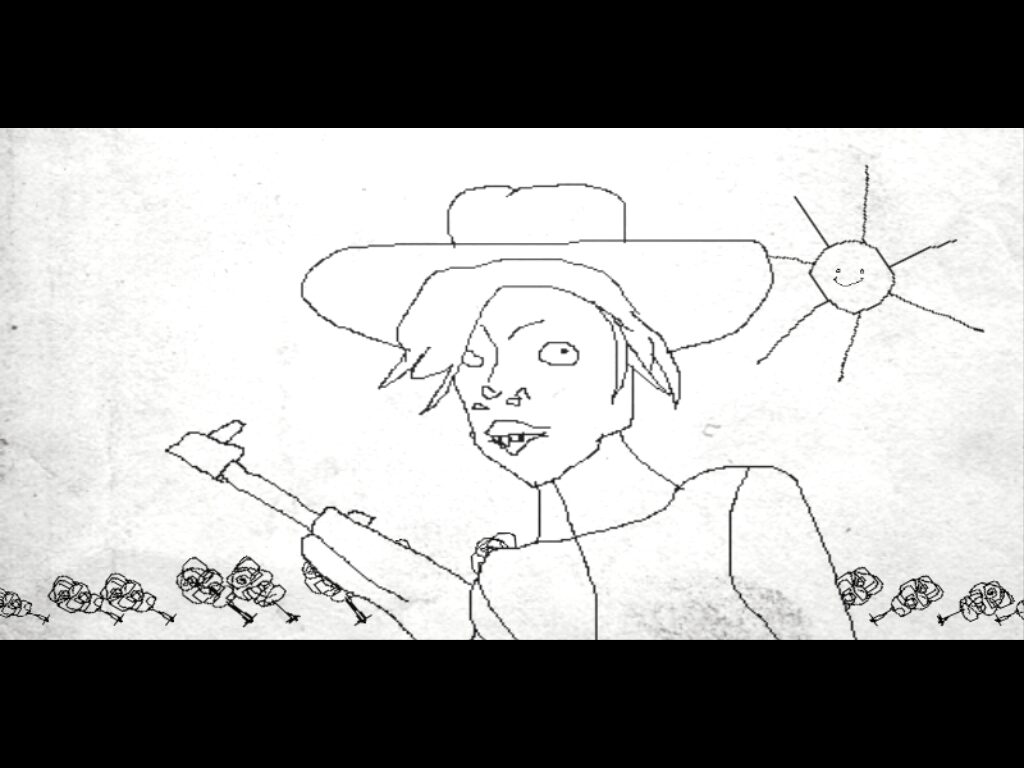
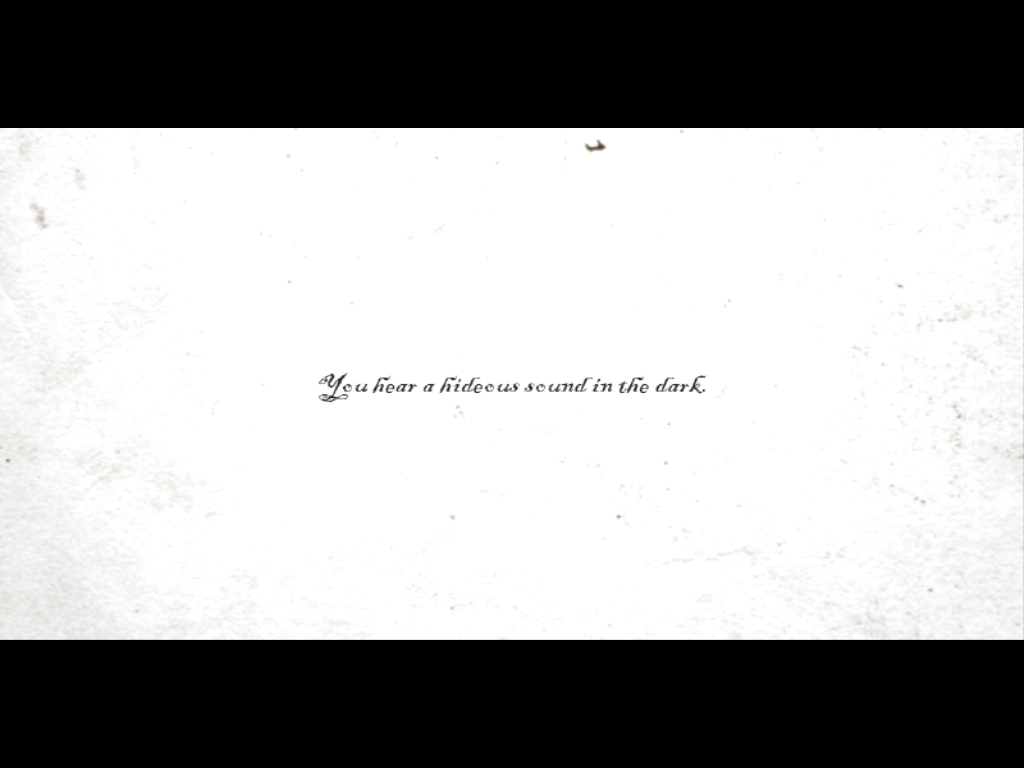
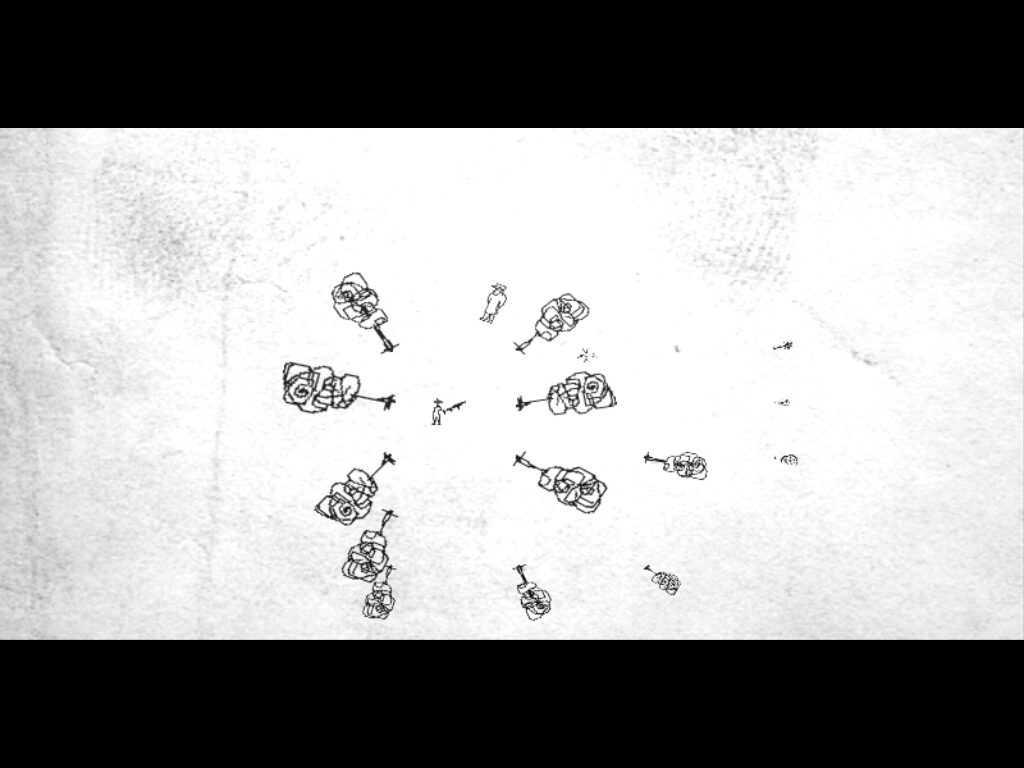
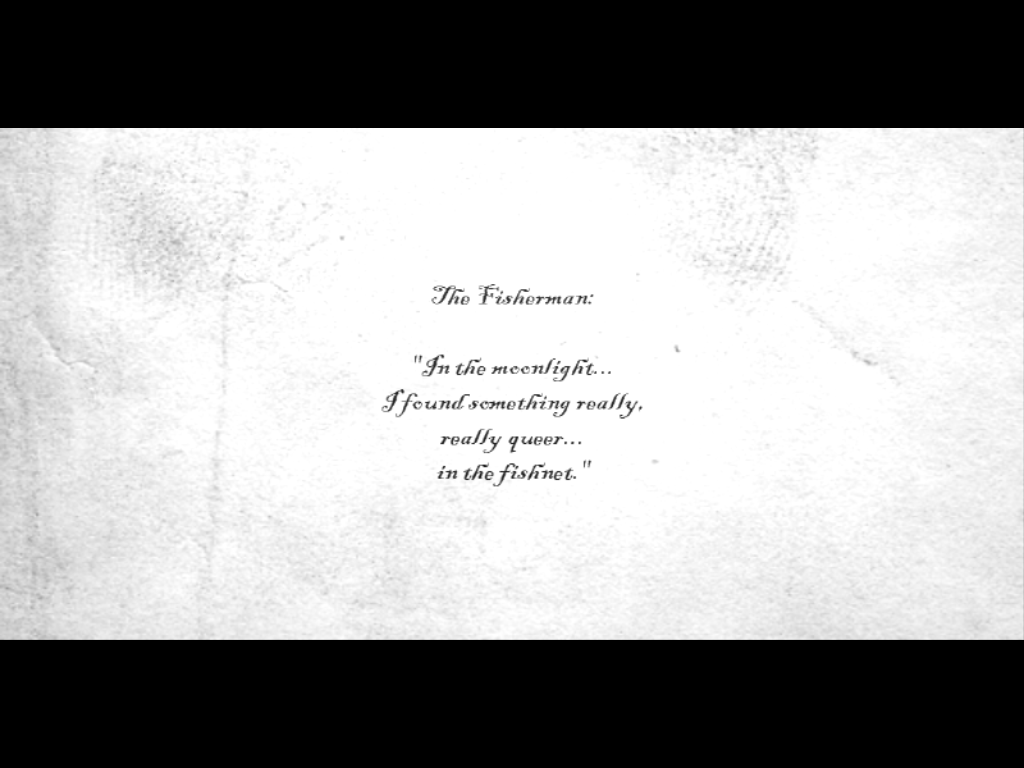
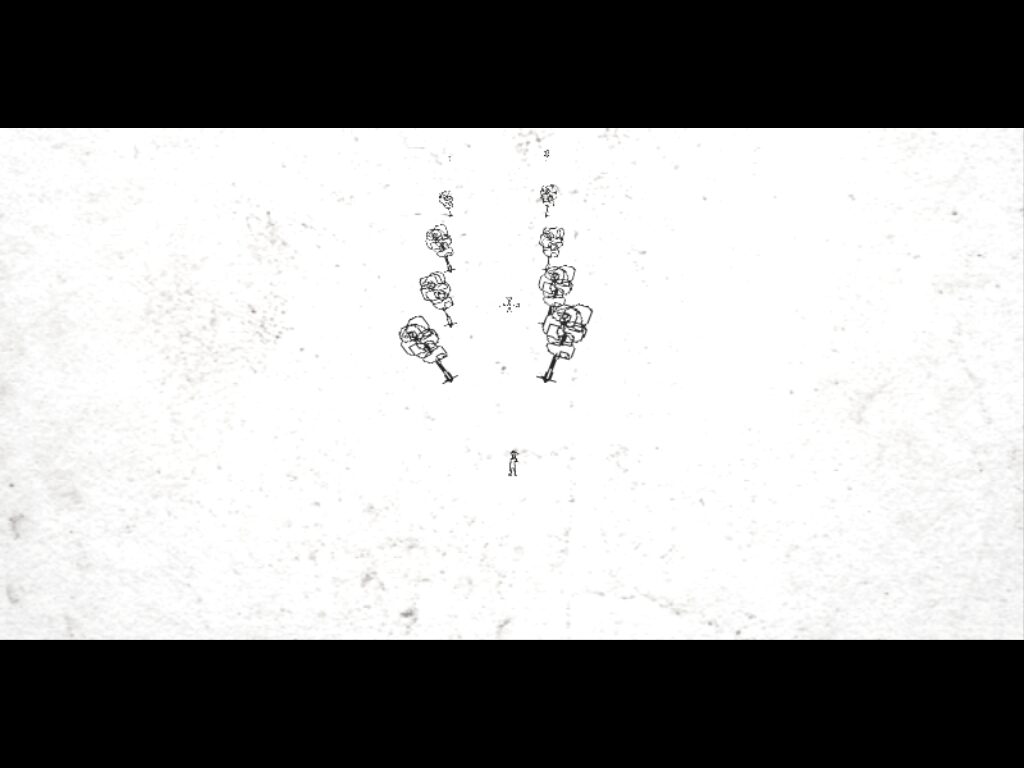



Reviews
There are no reviews yet.